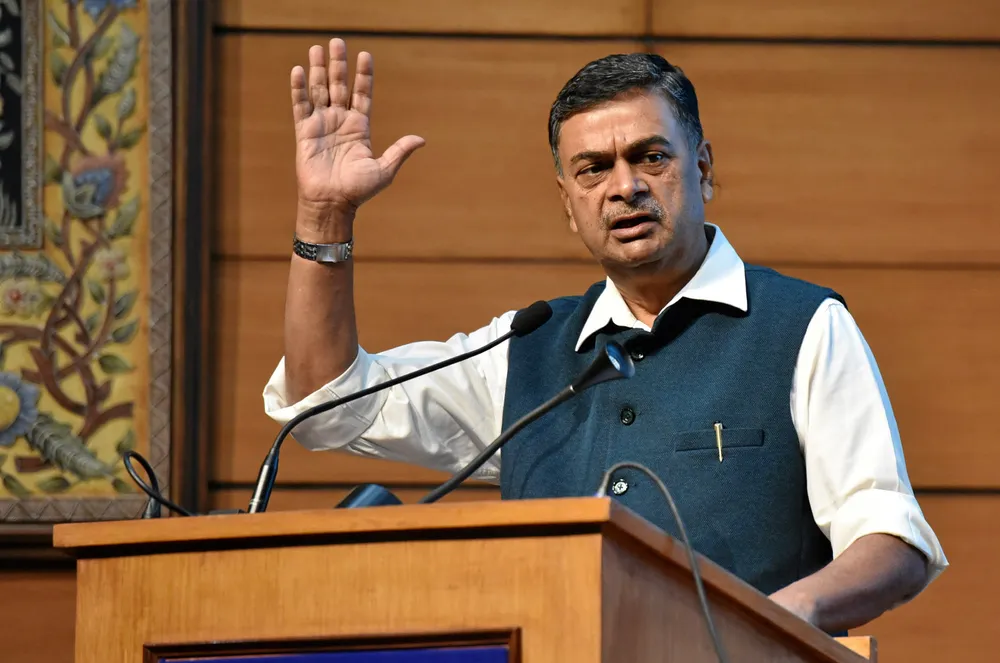India plans to introduce green hydrogen mandates for heavy industry after passing enabling legislation
New law paves the way for steelmakers, oil refiners, and fertiliser and cement producers to be slapped with obligation to buy certain amounts of renewable H2
